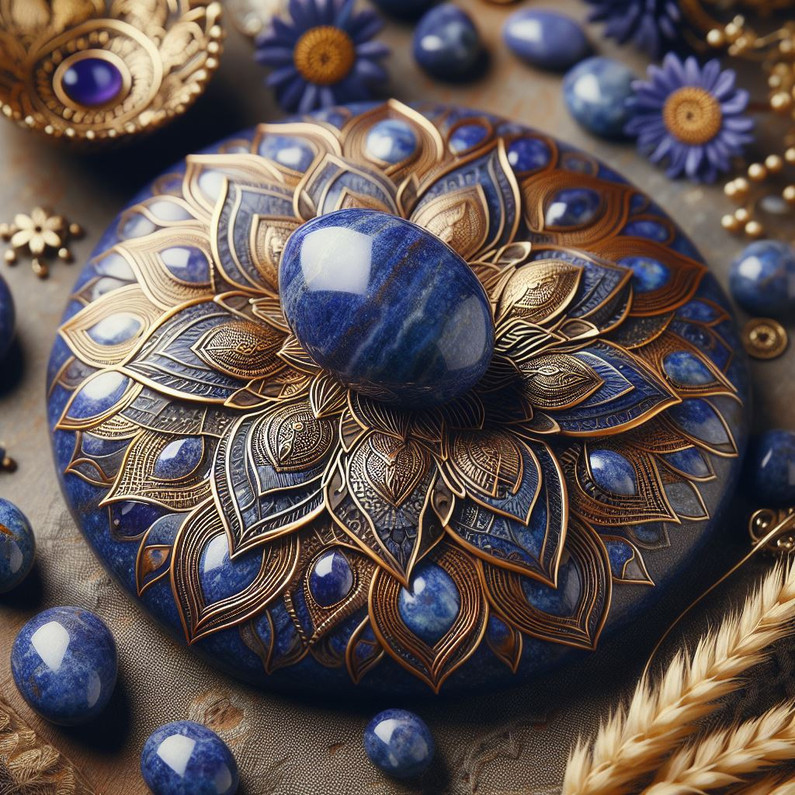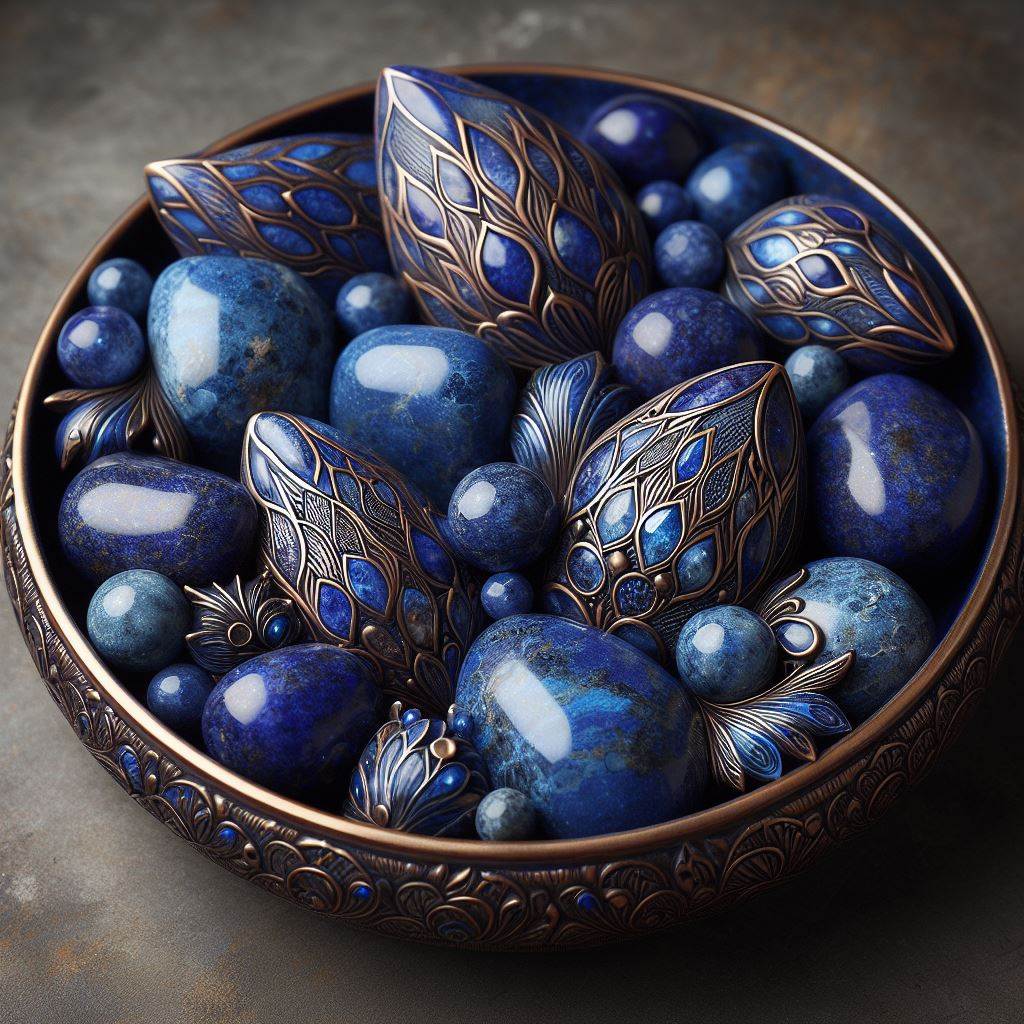Unveiling Lapis Lazuli: Healing Stone & Decorative Gem
Unveiling the Mystique of Lapis Lazuli: A Healing Stone and Decorative Marvel
Introduction: Lapis Lazuli, with its deep blue hues flecked with gold and white, has captivated humanity for millennia. Beyond its stunning appearance, this enigmatic stone holds a rich tapestry of history, symbolism, and purported healing properties. Join me as we delve into the depths of Lapis Lazuli, exploring its significance as both a healing stone and a decorative marvel.
The History and Significance:
Dating back to ancient civilizations such as Mesopotamia, Egypt, and Persia, Lapis Lazuli has been revered for its beauty and perceived mystical properties. In ancient Egypt, it was associated with the heavens and used extensively in jewelry and burial ornaments, often reserved for royalty and the elite. The famous golden sarcophagus of King Tutankhamun is adorned with intricate Lapis Lazuli inlays, emphasizing its status as a symbol of power and divine connection.
Healing Properties:
Throughout history, Lapis Lazuli has been attributed with various healing properties, both physical and spiritual. Advocates of crystal healing believe that Lapis Lazuli can stimulate enlightenment, enhance intuition, and promote inner peace. It is said to activate the third eye chakra, facilitating deep meditation and spiritual growth. Additionally, Lapis Lazuli is believed to alleviate stress, enhance communication, and promote harmony within relationships. While scientific evidence supporting these claims is limited, many individuals attest to the calming and grounding effects they experience in the presence of Lapis Lazuli.
Decorative Marvel:
Beyond its metaphysical allure, Lapis Lazuli continues to be prized for its aesthetic appeal and versatility in decorative arts. From ancient artifacts to modern-day jewelry and home décor, Lapis Lazuli's timeless beauty transcends cultures and epochs. Its deep blue color, often compared to the night sky, evokes a sense of serenity and tranquility, making it a popular choice for ornamental objects and gemstone jewelry. Whether crafted into intricate carvings, polished cabochons, or faceted gemstones, Lapis Lazuli never fails to captivate with its celestial charm.
Conclusion:
Lapis Lazuli stands as a testament to the enduring fascination humanity holds for the natural world and its treasures. From its storied past as a symbol of royalty and divinity to its contemporary allure as a healing stone and decorative marvel, Lapis Lazuli continues to inspire wonder and admiration. Whether you seek its purported metaphysical benefits or simply appreciate its beauty, Lapis Lazuli remains a timeless symbol of elegance and sophistication, inviting us to explore the mysteries of the cosmos within its depths.
Recent Posts
-
Why Persian Copper Gifts Are Perfect for Special Occasions
*Intro:* Some gifts shine for a moment. Others are cherished for a lifetime.Persian copper gifts bel …12th Jul 2025 -
Top 5 Cultural Gifts to Buy in Dubai (That Actually Mean Something)
*Intro:* If you’re visiting Dubai and want to bring home more than just a magnet or perfume bo …11th Jul 2025 -
The Best Souvenir Shop in the UAE? Why CraftiHouse Stands Out from the Rest
The Best Souvenir Shop in the UAE? Why CraftiHouse Stands Out from the Rest Souvenir shopping in the …10th Jul 2025





